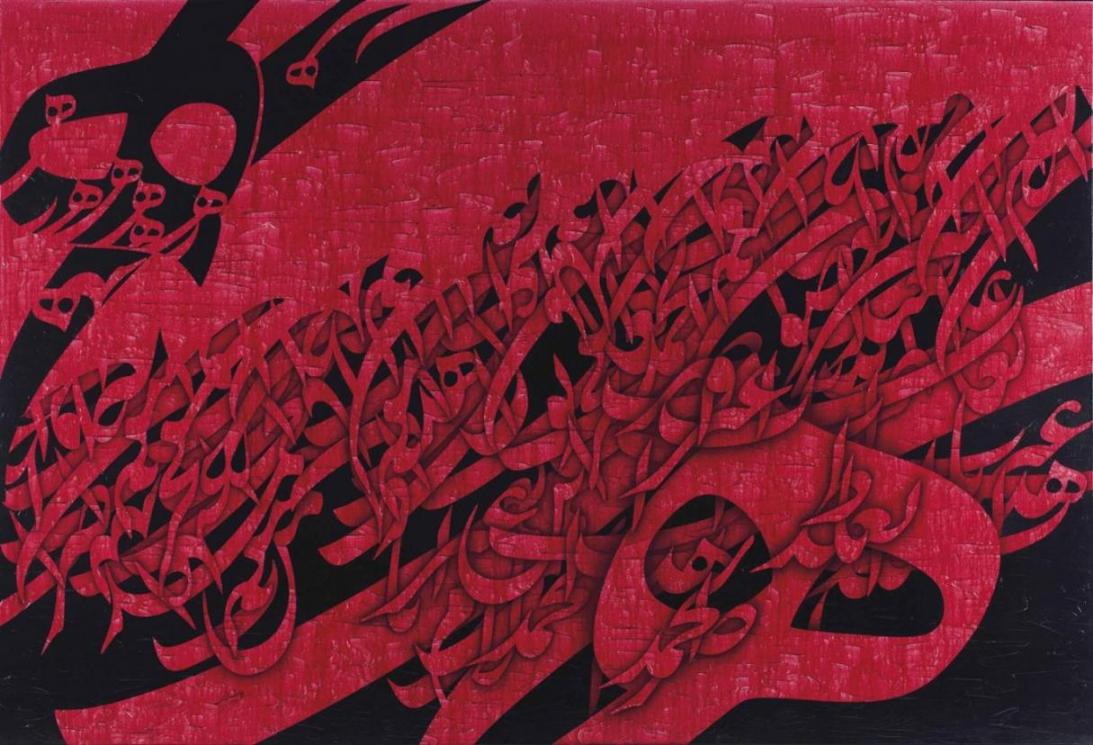Interest in modern Iranian art began to take off, first in the Middle East and then globally, after Christie’s held its first Dubai auction of Middle Eastern art in 2006.
Sussan Babaie, art historian at the Courtald Institute of Art in London, told the Tehran bureau of the Guardian that the surge of interest in Iranian art resulted from the amount of art the country had been producing while isolated from international buyers.
The boom in Iranian art lasted only until 2008, when just before the world recession, Christie’s Dubai auction sales peaked at about $29 million for the year. Michael Jeha, Dubai managing director and head of sales of Christie’s, said widespread speculation in Iran’s art ended with the financial crisis and the onset of tighter international sanctions against Iran.
In 2009, sales at Christie’s in Dubai plummeted to $12 million. And while Dubai had long been a hub for Iranian trade, sanctions against Iran (on its nuclear program) after 2010 made sales even more difficult for Iran-based artists, who were unable to receive payment through many international banks and forced to resort to unreliable third parties. Dubai reluctantly implemented most sanctions by 2012 and became unwilling to process payments, even for non-sanctioned goods like art.
But Dubai is now expected to benefit from the easing of sanctions in the coming year, and prices for Iranian art are already rising there. Christie’s Dubai sales will reach about $19 million this year.
Demand for Iranian art is generally reflecting a global trend of rising interest in modern work, said Anders Petterson, founder of ArtTactic, the art market research company.
Collectors are crucial to sustaining demand for Iranian art after the years of boom and bust and a new generation of super rich in Dubai are collecting modern and contemporary art from Iran.


